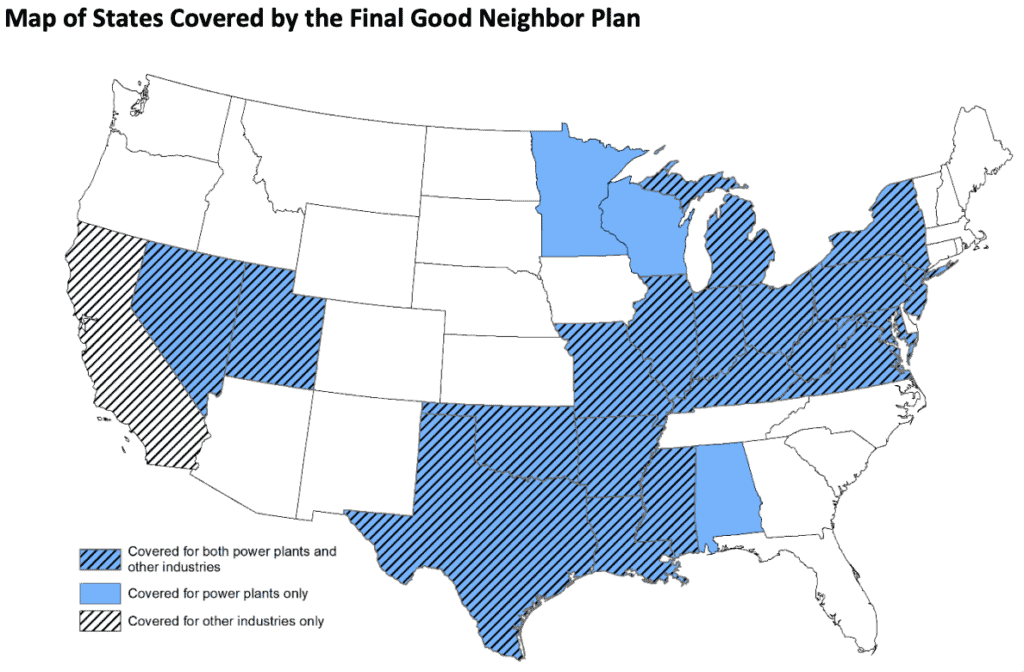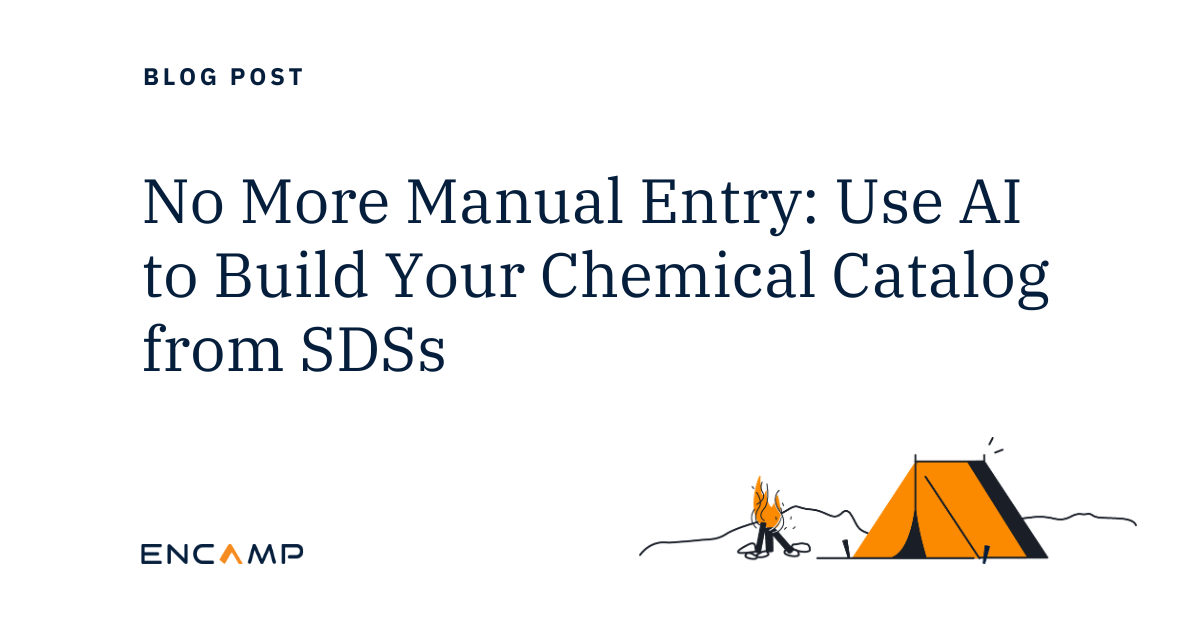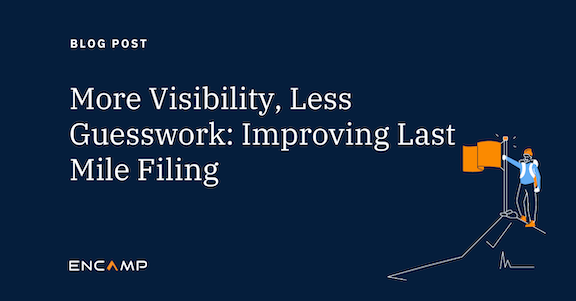What does the EPA “Good Neighbor Plan” involve? Why was it issued?
On March 15, 2023, the U.S. Environmental Protection Agency (EPA) finalized the Federal Implementation Plan (FIP) known as the “Good Neighbor Plan” rule. The Good Neighbor Plan was issued to ensure that 23 states meet the Clean Air Act’s “Good Neighbor” requirements by reducing pollution that significantly contributes to problems attaining and maintaining the 2015 Ozone National Ambient Air Quality Standards (NAAQS) in downwind states. It will secure significant reductions in ozone-forming emissions (specifically nitrogen oxides, NOx) from power plants and industrial facilities, and result in cleaner air and better health for millions of people living in downwind communities. This rule’s approach to the reduction of ozone pollution is two-fold:
- For fossil fuel-fired power plants in 22 states, an allowance-based trading program will be implemented beginning in the 2023 ozone season. The final rule’s 2027 budget for power plants reflects a 50% reduction from 2021 ozone season NOx emissions levels.
- For other industrial stationary sources in 20 states, emissions limitations and associated requirements will be implemented beginning in the 2026 ozone season. These requirements will collectively achieve a 15% reduction from 2019 ozone season NOx emissions levels.
Does it apply to you?
The NOx allowance trading program applies to fossil fuel-fired power plants in 22 states. Three of those states (AL, DE, and TN) include only the NOx allowance trading program requirements for power plants and do not include the additional control requirements being implemented for other industrial sources expanding beyond power plants. This is because the EPA has concluded that these measures taken by power plants alone will resolve NAAQS concerns from these states.
Additional NOx emissions control requirements will apply for 9 other industries in 20 states. One of those states, CA, includes only these additional control requirements since it does not have any power plants subject to the rule. The 9 industries and associated emissions source types affected by these NOx emissions control requirements include†:
- Pipeline Transportation of Natural Gas – reciprocating internal combustion engines
- Cement and Cement Product Manufacturing – kilns
- Iron and Steel Mills and Ferroalloy Manufacturing – reheat furnaces and boilers
- Glass and Glass Product Manufacturing – furnaces
- Metal Ore Mining – boilers
- Basic Chemical Manufacturing – boilers
- Petroleum and Coal Products Manufacturing – boilers
- Pulp, Paper, and Paperboard Mills – boilers
- Solid Waste Combustors and Incinerators – combustors and incinerators
†: Other types of entities not listed in the table could also be regulated. To determine whether your entity is regulated by this rule, review the applicability criteria found in 40 CFR 97.1004.
If you are in one of the following 23 states and in the fossil fuel-fired electric power generation industry or one of the nine industries listed above, the requirements of this FIP may apply to you: Alabama, Arkansas, California, Illinois, Indiana, Kentucky, Louisiana, Maryland, Michigan, Minnesota, Mississippi, Missouri, Nevada, New Jersey, New York, Ohio, Oklahoma, Pennsylvania, Texas, Utah, Virginia, West Virginia, and Wisconsin.

Source: EPA.gov
What action do you need to take?
The EPA expects fossil fuel-fired power plants to achieve emissions reductions beginning in the 2023 ozone season via “immediately available measures, including consistently operating emissions controls already installed at power plants.” The EPA has determined that optimization of already operating (or partially operating) post-combustion controls (SCRs and SNCRs) or turning on idled controls is a viable mitigation strategy for the 2023 ozone season. The rule includes declining emissions budgets based on the level of reductions achievable through the installation of state-of-the-art NOx combustion controls at power plants starting in 2024. Set plans in place to begin to fully utilize your existing post-combustion controls by the beginning of the ozone season, and begin to evaluate whether additional controls will be required at your plant.
For the other industries subject to this final rule, most emission units will require capital projects to install NOx emissions control systems such as SNCR, low NOx burners, layered combustion, NSCR, SCR, fluid gas recirculation, and SNCR/ASNCR. When concerns arose about the ability to install these controls in a timely manner, the EPA determined that a majority of these sources can install and operate the required controls by the 2026 ozone season. However, these projects may be impacted by supply/labor shortages or require a shutdown. The final rule does contain provisions that allow source owners/operators to request limited compliance extensions on a case-by-case basis. Facilities may be eligible for a one-year extension, and if additional specific criteria are met, the EPA may grant additional compliance extensions of up to two more years. Begin evaluations now to determine whether additional emissions controls need to be installed at your site, and if so, initiate these projects immediately. If extensions may be needed, contact the EPA as soon as possible to begin these discussions.
If you are in one of the following states, keep an eye out for additional rules: Arizona, Iowa, Kansas, New Mexico, Wyoming, Tennessee, and Oregon. The EPA is reviewing its modeling to determine whether it is necessary to address Good Neighbor obligations for these states in further action(s).
Crystal Kukic
As a Compliance Program Manager at Encamp, Crystal provides regulatory expertise and aids in the further development of the Encamp product. Prior to Encamp, she accrued over 8 years of technical experience at Marathon Petroleum Corporation while in multiple different workgroups including process engineering, process controls, environmental services, and process safety. As an Environmental Professional, she led a variety of air programs and spent a great deal of time on work to revamp existing systems and processes to significantly improve site compliance. She enjoys studying the regulations and finding creative ways to ensure compliance in an efficient manner. Crystal is a graduate of Wayne State University, where she earned her B.S. in Chemical Engineering.




